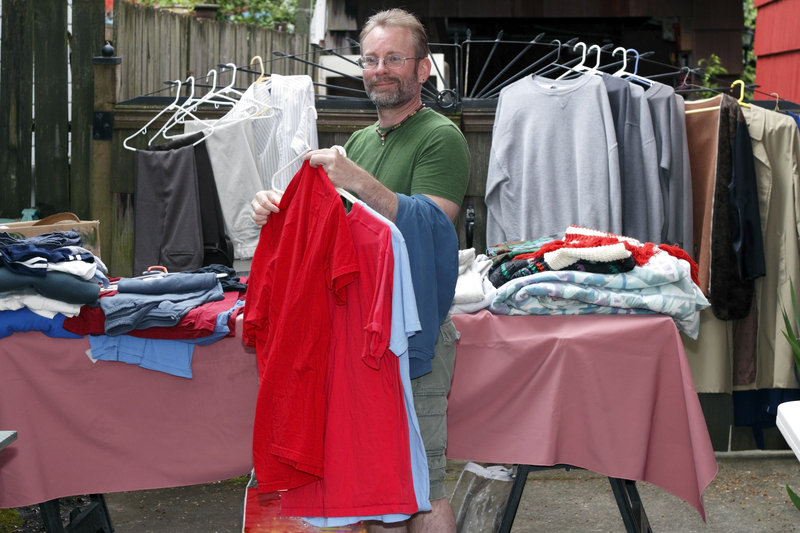Ending Microplastic Pollution: A Feasible Goal
In our modern world, plastics have become an integral part of our everyday lives. From packaging and clothing to medical devices and electronics, plastics are ubiquitous. However, their convenience comes at a significant environmental cost, with microplastic pollution being one of the most pressing challenges. As we strive towards sustainability, many are wondering: Is ending microplastic pollution a feasible goal?
Understanding Microplastics
Microplastics are small plastic particles, typically less than 5mm in size, that can originate from larger plastic debris that degrades in the environment. They can also be directly manufactured for use in various products, such as cosmetics and cleaning agents. These tiny particles have infiltrated ecosystems around the globe, from the deepest parts of the oceans to remote Arctic ice.
The Different Types of Microplastics
- Primary Microplastics: These are intentionally produced small plastics, including microbeads used in cosmetics and industrial abrasives.
- Secondary Microplastics: These result from the fragmentation of larger plastic debris, caused by environmental factors such as UV radiation and mechanical abrasion.
Regardless of their origin, the pervasive nature of microplastics poses a threat to wildlife and ecosystems, and potentially to human health as well.

Environmental and Health Impacts
Microplastics are found in water, soil, and air. The impact of these particles on marine life and ecosystems is significant, with creatures ingesting or becoming entangled in them. This ingestion can lead to malnutrition or starvation, as the plastic fills digestive tracts. On a larger scale, microplastics can transfer up the food chain, potentially reaching humans.
Potential health risks for humans include the introduction of toxic substances that can leach from plastics, influencing hormonal functions and potentially contributing to conditions such as cancer and reproductive issues.
Steps Towards Ending Microplastic Pollution
While the task may seem daunting, several strategies can help tackle microplastic pollution:
Policy Changes and Legislation
- Governments worldwide are introducing bans on single-use plastics and microbeads. This legislative action is crucial in curbing the production and release of microplastics.
- Enhancing regulations around plastic waste management is also imperative, ensuring that plastic products are recycled efficiently.
Innovative Solutions and Technologies
Researchers are exploring innovative approaches to reduce and manage microplastic pollution:
- Biodegradable Plastics: Developing biodegradable plastics that break down more easily in the environment is a key research area.
- Advanced Filtration Systems: Implementing advanced filtration systems in wastewater treatment plants can help capture microplastics before they enter natural water systems.
Consumer Behavior and Public Awareness
Educating the public about the effects of microplastic pollution and promoting sustainable consumer habits is essential:
- Encouraging the use of reusable products and reducing reliance on single-use plastics can significantly decrease plastic waste.
- Promoting proper disposal and recycling habits can enhance community-level contributions to pollution reduction.
The Role of Organizations and Research Institutions
Non-governmental organizations (NGOs) and research institutions are at the forefront of the fight against microplastic pollution. Their work ranges from conducting groundbreaking research and raising public awareness to lobbying for legislative change.
Key Contributions of NGOs
- Research and Data Collection: Generating data on the prevalence and impact of microplastics informs policy and innovation.
- Public Campaigns: Engaging the public through awareness campaigns helps to drive behavioral changes.

Looking Towards a Sustainable Future
Ending microplastic pollution requires a comprehensive approach, involving policy, technology, and behavioral changes. It necessitates cooperation at national and international levels, where public and private sectors work together towards achievable goals.
While challenging, the movement towards reducing microplastic pollution is gaining traction. With concerted efforts and creative solutions, striving for a world free of microplastics is not just feasible, but increasingly necessary for the health of our planet and future generations.
Conclusion
In conclusion, making substantial strides against microplastic pollution involves multi-faceted approaches. Encouraging legislations, fostering innovations, and maximizing public engagement form the cornerstone of effective strategies. Together, with ongoing dedication and collaboration, we can aim for a future where ending microplastic pollution is not only a goal but a reality.